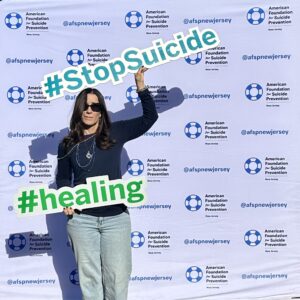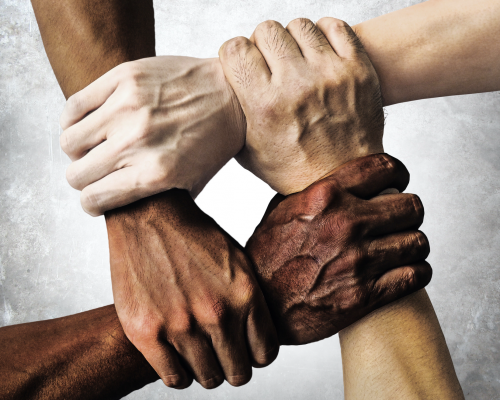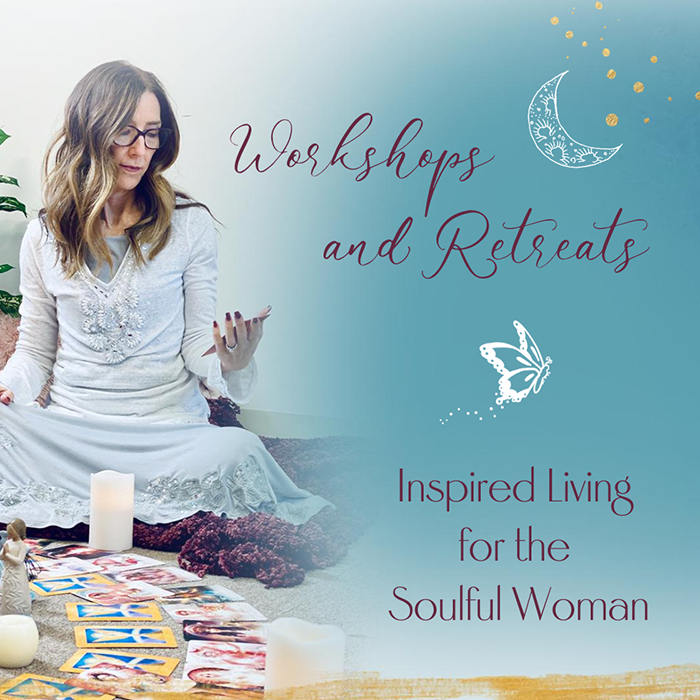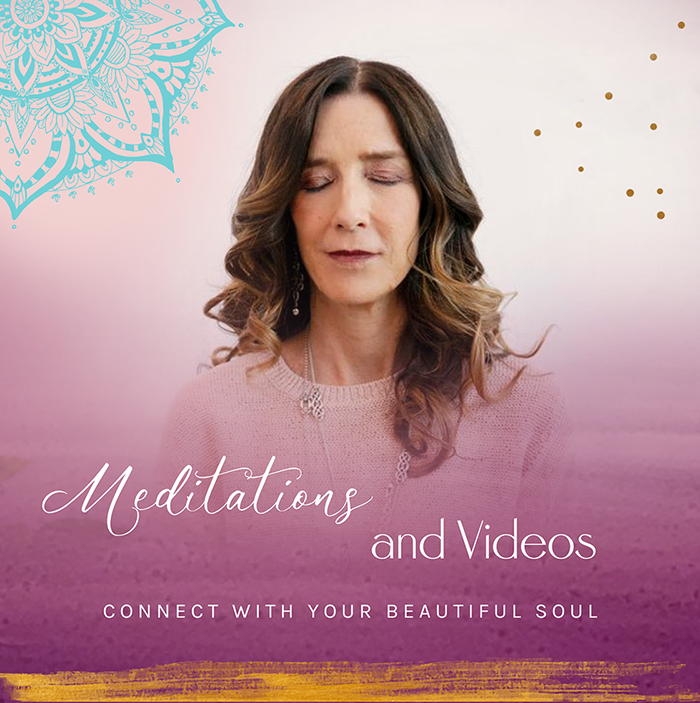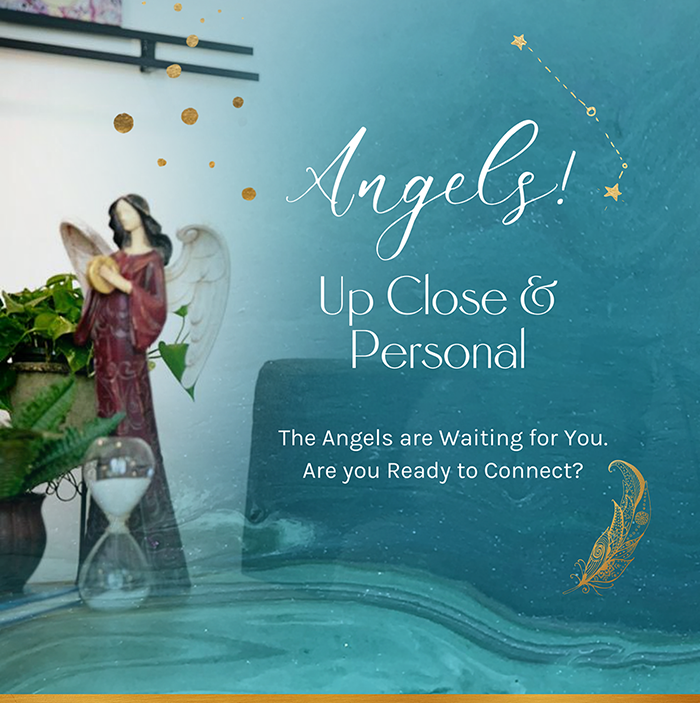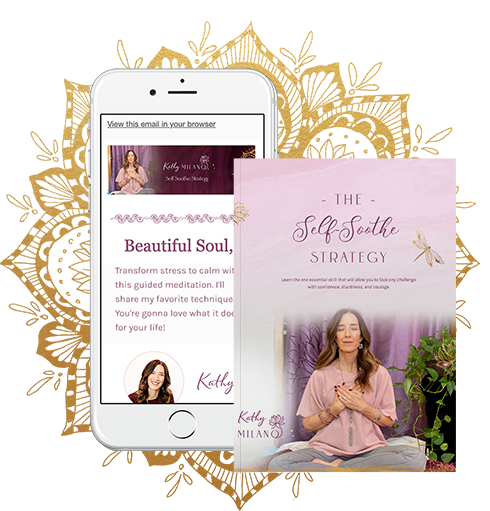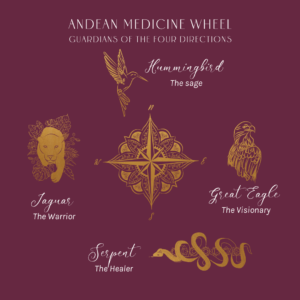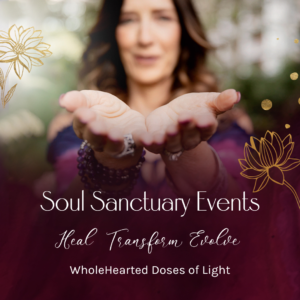Outrage.
As I listened to people react to the Trump supporters storming the Capitol in Washington, I witnessed outrage. In their tone of voice, in their facial expressions, and in the question-statements they made. Can you believe this happened? Can you believe this president? Can you believe these people?
I can. I can believe it.
The invitation to revolt against the idea of a rigged election has been promoted across the internet, within the extremist groups, and by the president himself. It has been demonstrated in the great divide within our country for years now. Promoted by a sophisticated system of disseminating information that speaks to the insecurity, anger, and elitism of many groups.
Creating an enemy in plain sight.
It’s just that the enemy is a complex, shifting target. It may be the Democrats. Or people of color. Or immigrants. Or liberals. Or police. Or policies. Or Republicans. Or anyone who doesn’t agree with me. And on it goes. Outrage. Judgment. Seething anger. Violent action.
As I listened to people ardently against governmental control of freedoms, I heard the outrage.
About systems creating restrictions on their ability to keep a business open, to earn a living, and to make their own choice for health treatment. Can you believe these policies? These people? This manipulation? I can. I can believe it.
It’s not new.
This “us vs. them” divide has been impacting lives throughout human history. It’s complicated and built on systems of thought, social structure, racial inequity, economic policies, tribalism, and more. There’s so much more to it than the common person can understand. Yet, the common person already has a strong opinion and is easily placed within one side or another.
What side are you on?
That’s a serious question. And one that’s probably not to hard to answer. Take the insurrection at the Capitol for example. What side are you on? I’m sure you know. Looking at your reaction will let others know as well. When I looked at the images from the Capitol, I noticed something.
Outrage.
Within the crowd contagion effect, I witnessed righteous outrage. Splashed across the media, it was apparent in voices, on faces, and through body movement. Outrage fueled this disruption to the orderly democratic process. And alongside the outrage is fear which arose when witnessing chaos, violence, and the overwhelm of protective systems.
It is deeply disturbing.
I mean this at a very basic level. It is deeply disturbing to the human nervous system. As I listened to people express their outrage to me, I heard and felt an escalating disruption in their nervous systems. The heart beating fast as intense emotions were expressed. The breath shortening as the words tumbled out upon one another. Faster and more upset with every sentence. I witnessed (and felt) the same response when watching videos of the event.
